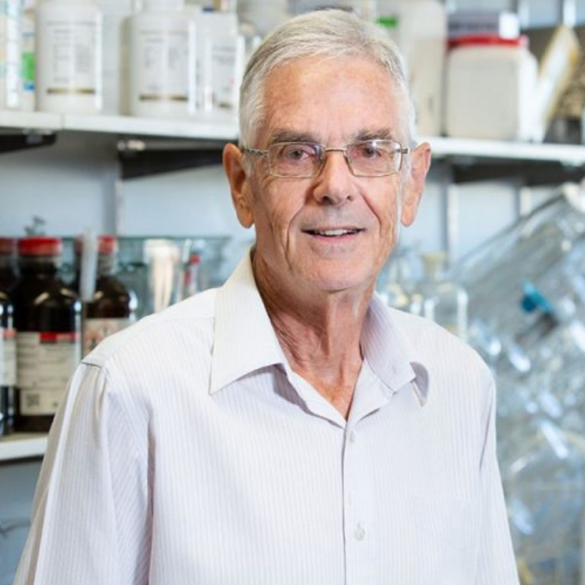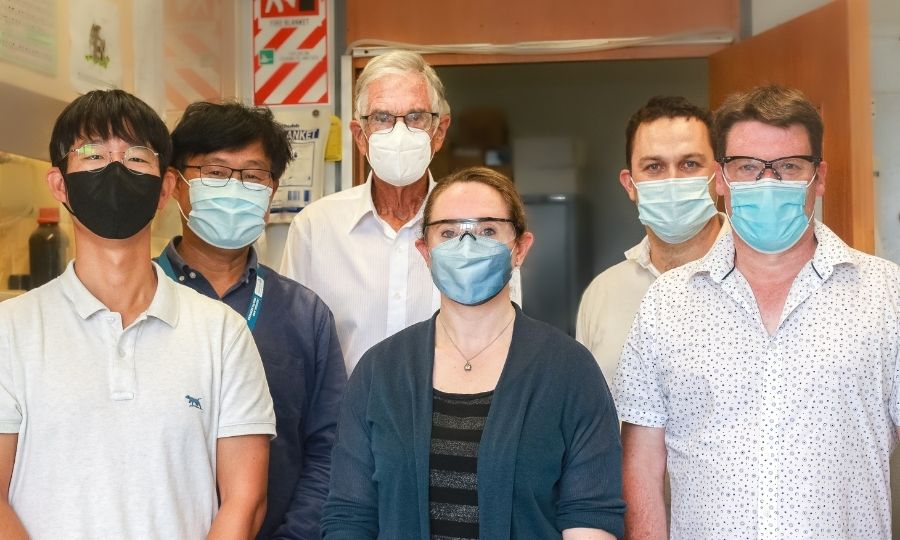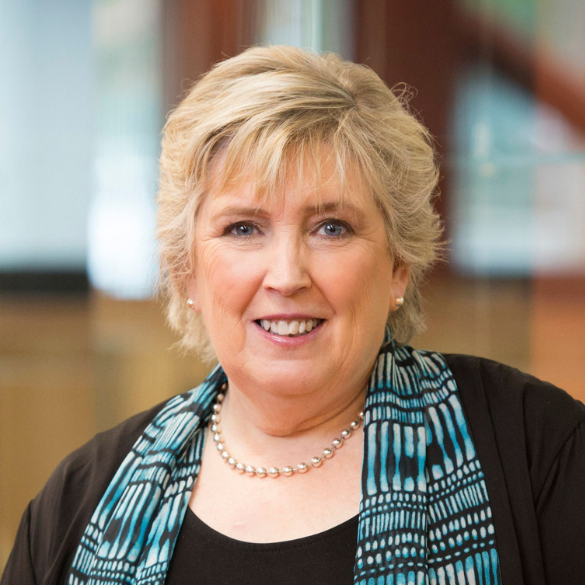It’s a global pandemic that’s killed millions, sickened many more and caused considerable economic damage. Highly prevalent, it’s spread through the air, often within households or crowded indoor environments.
We’re not talking about Covid-19. We’re talking about tuberculosis.
Tuberculosis (TB), which is caused by the Mycobacterium tuberculosis bacterium, has been infecting people for thousands of years. Fortunately, researchers are making strides in the fight against one of the world’s oldest and most devastating pandemics.
In their long-running collaboration with the global not-for-profit TB Alliance, Distinguished Professor Sir Bill Denny and Senior Research Fellow Hamish Sutherland have been part of a team that has succeeded in taking three new tuberculosis drugs to clinical trial – an amazing success rate that could potentially improve and perhaps save the lives of millions.


